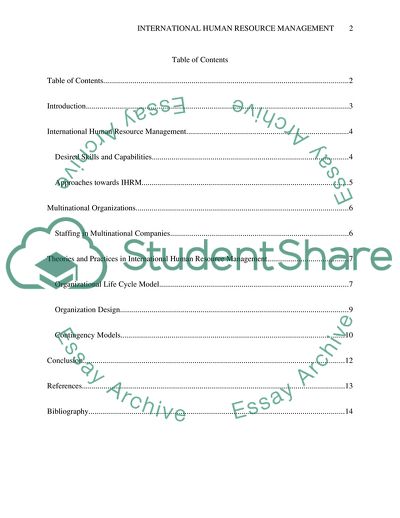Cite this document
(Managing Human Resources in International Organisations Essay, n.d.)
Managing Human Resources in International Organisations Essay. https://studentshare.org/human-resources/1878689-managing-human-resources-in-international-organisations
Managing Human Resources in International Organisations Essay. https://studentshare.org/human-resources/1878689-managing-human-resources-in-international-organisations
(Managing Human Resources in International Organisations Essay)
Managing Human Resources in International Organisations Essay. https://studentshare.org/human-resources/1878689-managing-human-resources-in-international-organisations.
Managing Human Resources in International Organisations Essay. https://studentshare.org/human-resources/1878689-managing-human-resources-in-international-organisations.
“Managing Human Resources in International Organisations Essay”. https://studentshare.org/human-resources/1878689-managing-human-resources-in-international-organisations.


